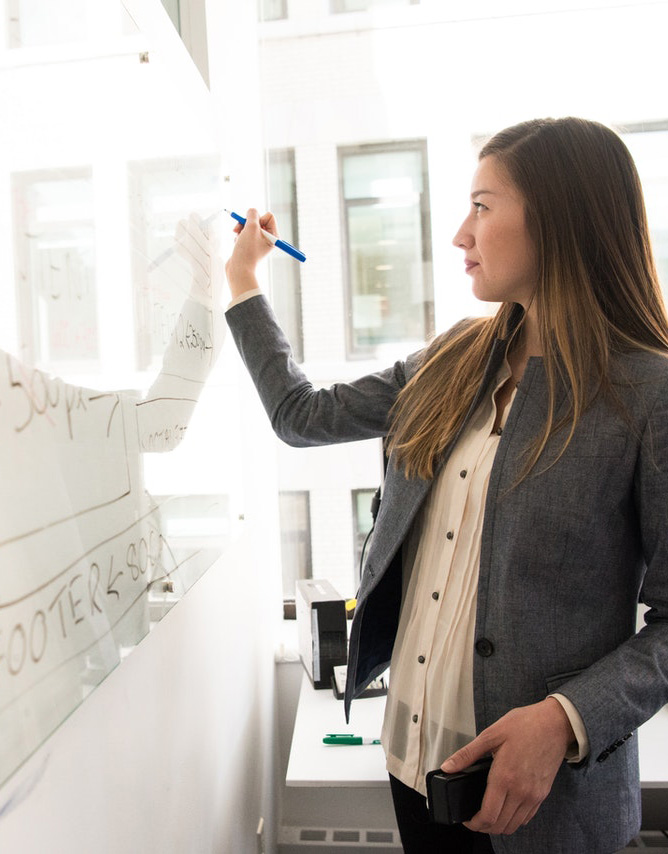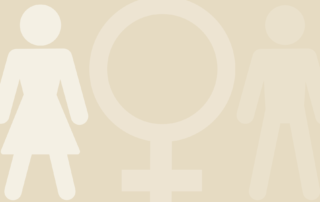Employment and Earnings
The equal participation of women in politics and government is integral to building strong communities and a vibrant democracy in which women and men can thrive. By voting, running for office, and engaging in civil society as leaders and activists, women shape laws, policies, and decision-making in ways that reflect their interests and needs, as well as those of their families and communities.
Today, women constitute a powerful force in the electorate and inform policymaking at all levels of government. Yet, women continue to be underrepresented in governments across the nation and face barriers that often make it difficult for them to exercise political power and assume leadership positions in the public sphere. This chapter presents data on several aspects of women’s involvement in the political process in the United States: voter registration and turnout, female state and federal elected and appointed representation, and state-based institutional resources for women. It examines how women fare on these indicators of women’s status, the progress women have made and where it has stalled, and how racial and ethnic disparities compound gender disparities in specific forms of political participation.

Details
Map Description, legend or descriptive text
Section Links
Political Participation Rank and Score by State
Recommendations for Improving Women’s Employment in the Recovery
DOWNLOAD REPORT In the current economic recovery, women are facing a gap in employment that jeopardizes the well-being and economic security of themselves and their families. This briefing paper, prepared by a group of scholars and researchers collaborating as the Women Scholars Forum, [...]
Ending Sex and Race Discrimination in the Workplace: Legal Interventions That Push the Envelope
This report draws on the IWPR/WAGE Consent Decree Database to analyze the injunctive relief awarded in 502 sex and/or race discrimination settlements that became effective between 2000 and 2008.
Watch: Martha Burk discusses equal pay initiative in New Mexico
https://youtu.be/qhl7tvs7zJg Martha Burk (Director, Corporate Accountability Project, National Council of Women's Organizations, and former Senior Policy Adviser for Women's Issues to Governor Bill Richardson of New Mexico) discusses her initiative to achieve equal pay in New Mexico's contract compliance program, which is the only program [...]
Ending Sex and Race Discrimination in the Workplace: Legal Interventions That Push the Envelope (Executive Summary)
This report draws on the IWPR/WAGE Consent Decree Database to analyze the injunctive relief awarded in 502 sex and/or race discrimination settlements that became effective between 2000 and 2008. (Executive Summary)
Organizations Working with Latina Immigrants: Resources and Strategies for Change
DOWNLOAD REPORT IWPR’s study explored the challenges many Latina immigrants face and the ways that nonprofit organizations and congregations strive to address them in three areas with rapidly growing immigrant populations: Atlanta, Georgia; Phoenix, Arizona; and Northern Virginia, a region within the Washington, [...]
Child Care at College Campuses: a Critical Resource for Student Parents
Testimony of Kevin Miller, Ph.D.,Institute for Women’s Policy Research, before the Committee on Higher Education of the New York City Council





